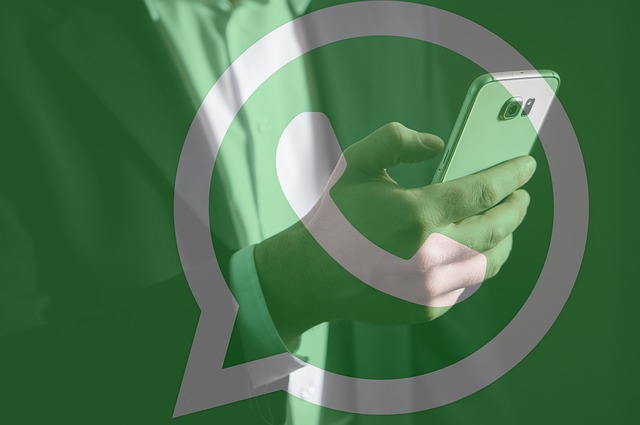 Reversing a years-long trend, people are sharing news less on social media. Instead, they’re sharing more on messaging apps such as WhatsApp and Snapchat. The shift poses both challenges and opportunities for publishers and brands.
Reversing a years-long trend, people are sharing news less on social media. Instead, they’re sharing more on messaging apps such as WhatsApp and Snapchat. The shift poses both challenges and opportunities for publishers and brands.
News sharing on Facebook fell 9 percentage points from 2017 in the United States and 20 points for younger audiences, according to a Reuters Institute survey of 74,000 people. Consumers are using messaging apps instead of social media because they seek more private ways to communicate in venues where others are less likely to attack them, the research reveals.
Consumers still discover news on Facebook and Twitter but increasingly share and discuss issues on messaging apps, often because they feel less vulnerable discussing events on the apps.
“Social media is like wearing a mask,” an unidentified UK female survey participant said. “When I am in my messaging groups with my friends, the mask comes off and I feel like I can truly be myself.”
The survey reveals regional differences. WhatsApp, which Facebook purchased in 2014, is more popular than Twitter for sharing news in many countries. The popularity of WhatsApp and Instagram, also owned by Facebook, has increased significantly in Latin America and Asia. However, Snapchat has made progress in Europe and the US.
Can Publishers Engage with Audiences on Messaging Apps?
If the trend to sharing news on messaging apps continues, publishers could face greater challenges engaging with their audiences. “The shift to messaging apps is partly driven by a desire for greater privacy, so pushing news into these spaces needs to be more organic and more conversational if it is to be accepted,” says Reuters Institute Research Fellow Antonis Kalogeropoulos.
Creating broadcast lists in WhatsApp is complex and labor-intensive process, Kalogeropoulos says. Publishers can engage with audiences through Facebook Messenger, but users have shown little interest in their messages so far.
If discussions move to messaging apps, Facebook and Twitter comments may become less representative of general users, he adds.
Messaging Apps for PR & Marketing
PR and marketing teams will probably face similar challenges. Still, many experts predict that messaging apps will emerge as a potent tool for PR and marketing. Possible uses include customer service, customer communication, content promotion, and internal communications.
Messaging apps require a different communications approach. “Messenger apps provide a much more personal and direct form of communication than traditional social networks or other forms of marketing, so you need to take a different approach that truly puts the customer’s wants and expectations first,” writes Christina Newberry at Hootsuite.
More people now use the top four social messaging apps (WhatsApp, Messenger, WeChat, and Viber) than the top four social media apps (Facebook, Instagram, Twitter, and LinkedIn), according to Business Insider research released earlier this year. Yet Buffer’s State of Social 2018 survey found that just 20 percent of businesses have invested in marketing through messenger platforms. Since businesses must be where customers are, there will likely be a shift in marketing and PR communications to messaging apps.
Bottom Line: Use of messaging apps to share news is increasing as news sharing on social media diminishes. The trend presents challenges to publishers and brands. Those who can adapt their communications strategy to messaging apps will gain a competitive advantage as the digital landscape changes.
William J. Comcowich founded and served as CEO of CyberAlert LLC, the predecessor of Glean.info. He is currently serving as Interim CEO and member of the Board of Directors. Glean.info provides customized media monitoring, media measurement and analytics solutions across all types of traditional and social media.




